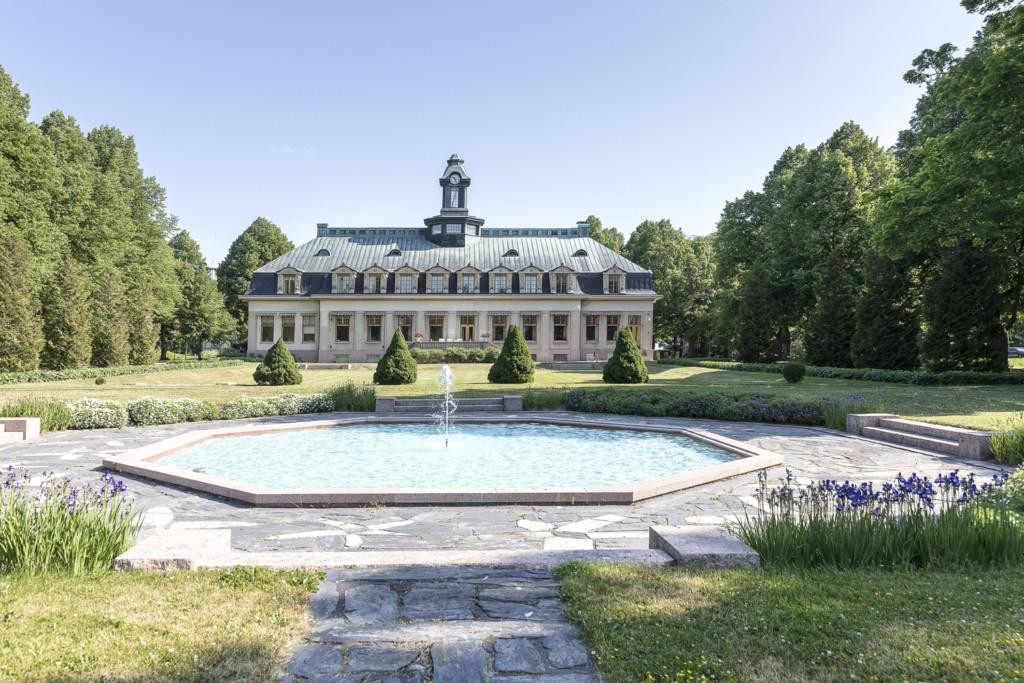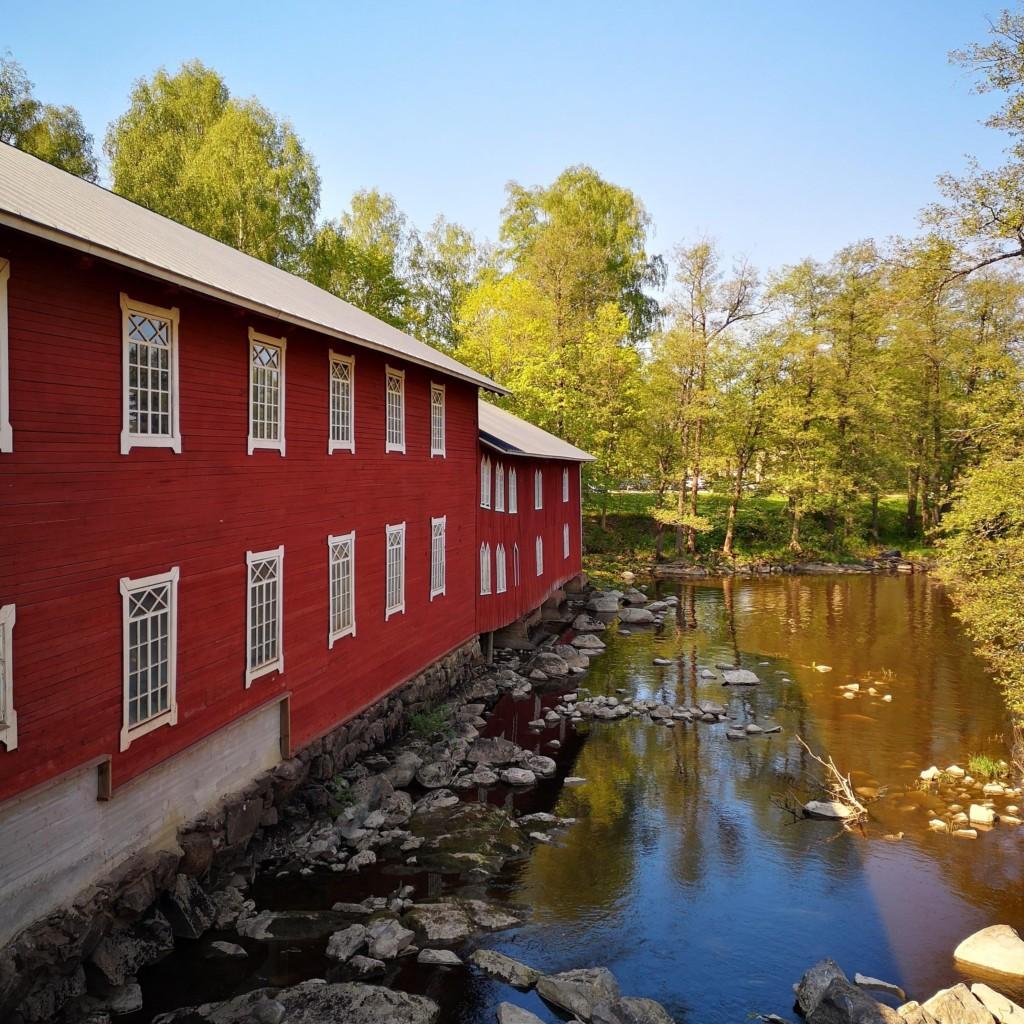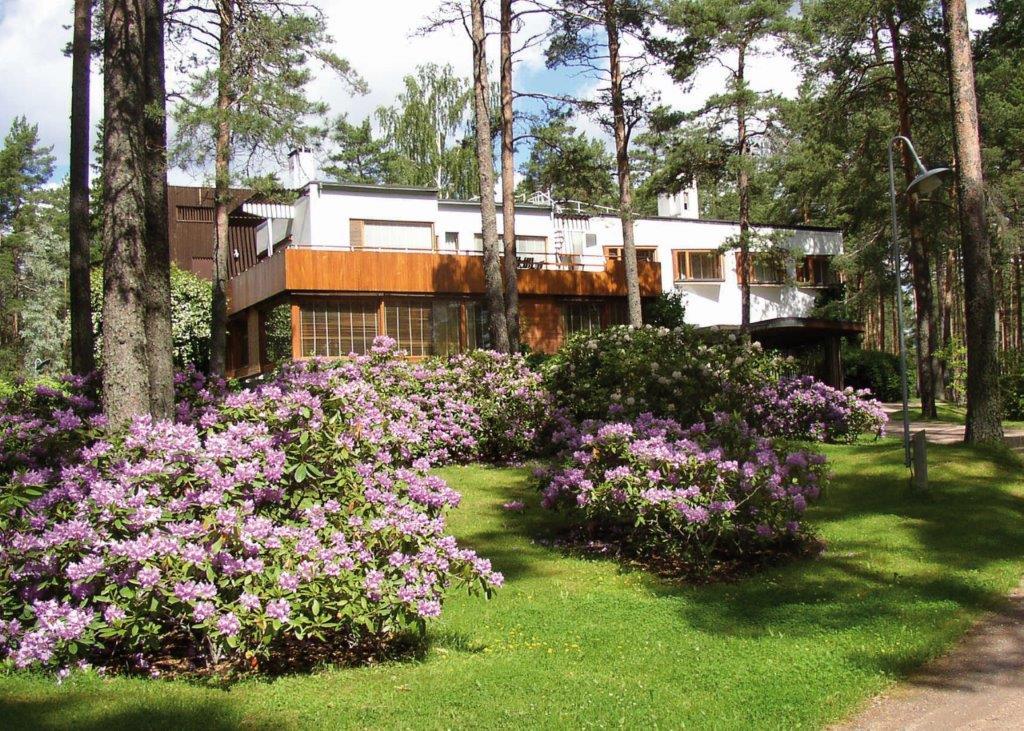A. Ahlström has been granted the Satakunta medal for its work in preserving and maintaining the culturally and historically significant Noormarkku ironwork areas. Ahlström has also received an industrial heritage prize from the Finnish Industrial Heritage Society for turning the Makkarakoski sawmill into a museum and for constructing the Ahlström Voyage exhibition in 2015.
The area’s early history
The earliest mention of Noormarkku in any sources is from 1402, when Finland’s first archdeacon, Heikki Maununpoika, donated his estate in Noormarkku to the archdeacon’s office of the Turku cathedral chapter. In the following centuries, the Noormarkku estates changed hands several times.
In 1795, the parent farms of Herrgård and Tommila, along with the six tax and augment farms and two sawmill plants attached to them, were transferred to Carl Constantin de Carnall, the adjutant general, who later became the governor of the province of Vaasa. De Carnall, who had acquired a lot of land, decided to build an ironworks on the Herrgård horse farm, and in 1806, the Swedish Board of Mines granted him the privilege of setting up one trip hammer and two furnaces. The Noormarkku Ironworks was the last ironworks set up in Finland under Swedish rule.
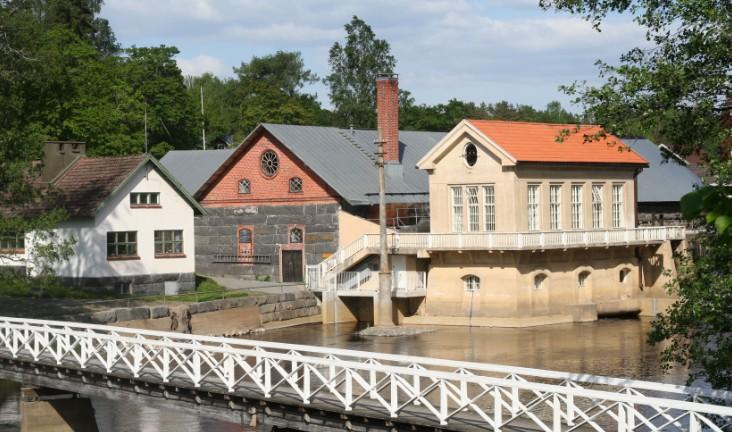
Ahlström’s ownership
In 1864, the Noormarkku Ironworks and its premises were transferred to a Pori merchant, Karl Johan Lönegren, who restored, among other things, the poorly functioning Makkarakoski sawmill. After Lönegren encountered financial difficulties, Noormarkku Ironworks was sold in a forced auction in 1870. The man who bought it and the associated land and forest areas was Antti Ahlström, a businessman from Merikarvia. The Noormarkku Ironworks was in a rather poor condition when it was turned over to its new owner, because the previous owners lacked the funds to maintain the ironworks, let alone renovate it.
Renovation and expansion of the ironworks began after Ahlström gained ownership. The old furnaces were replaced with two Franche-Comté furnaces. In addition, a soft iron hammer and two trip hammers were purchased. The entire workshop building was renovated at the same time. The ironworks’ industrial building were unlucky, as there was a fire at the sawmill in 1875 and two fires at the workshop in 1883 and 1893, which meant that both the sawmill and the workshop had to be rebuilt. After the most recent fire, a decision was made to build the workshop out of stone. Both of these old industrial buildings still exist on the banks of Makkarakoski, and you can visit them on guided private and public tours.
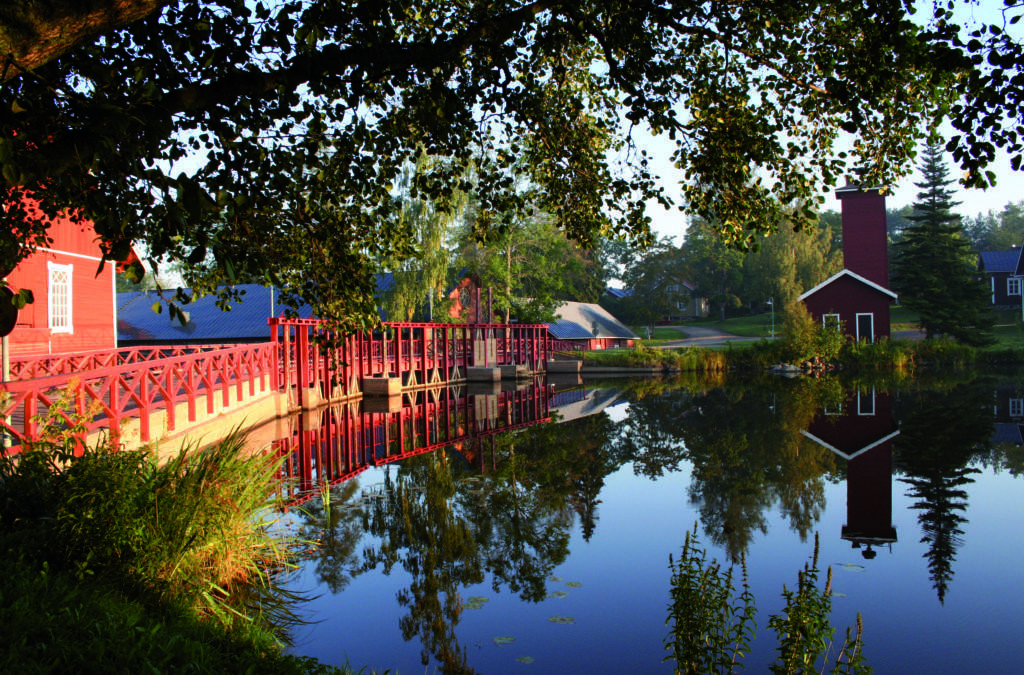
An architecturally significant area
The Ahlström family settled in Noormarkku in 1870, more than 150 years ago. During a little more than 60 years, three significant family residences were built in the ironworks area: Isotalo (1881, Evert Lagerspetz), Havulinna (1901, Gustaf Adolf Lindberg) and the world famous Villa Mairea, which was designed by Alvar and Aino Aalto (1939). Several other important buildings were also built, such as the Head Office (1916, Emil Fabritius and Valter Jung), the Club (1924, Karl Lindahl), villas for officials and housing for workers.
Today, the Makkarakoski sawmill functions as a sawmill museum, and the old workshop houses the permanent Ahlström Voyage exhibition. Most of the officials’ villas are now used as meeting facilities and guest houses. Together, the buildings in the ironworks area and the associated gardens form a rather impressive and interesting whole. A. Ahlström Kiinteistöt Oy, which owns the ironworks, still maintains them with great care.
